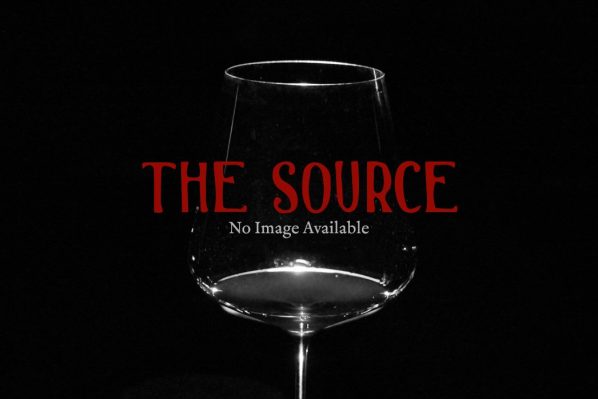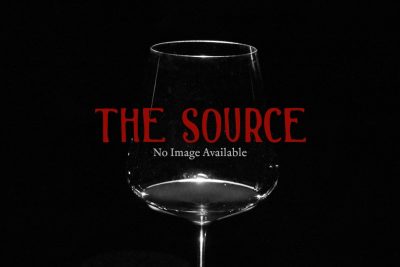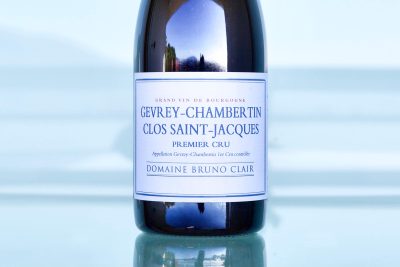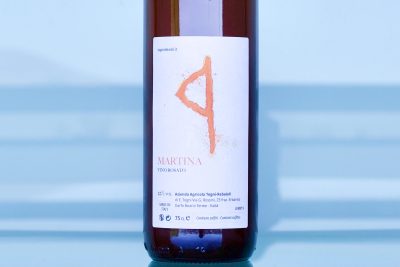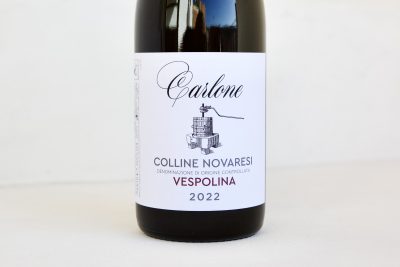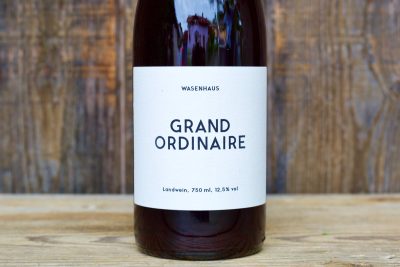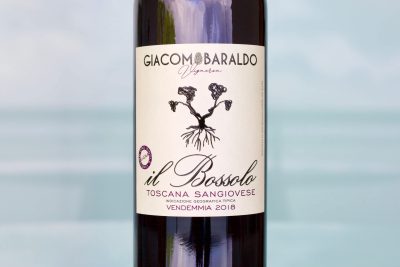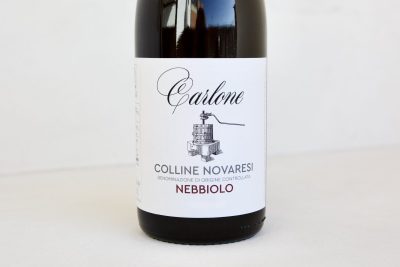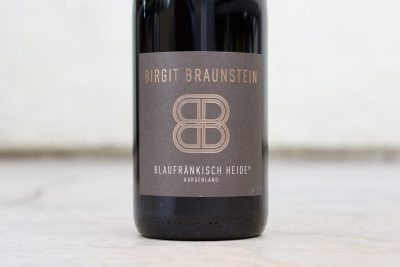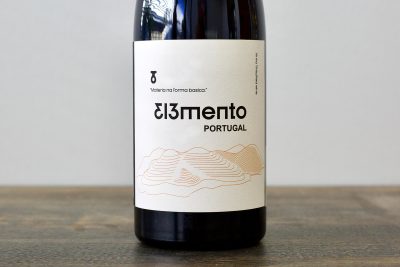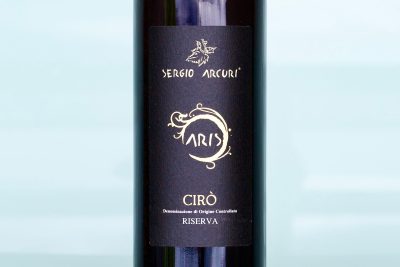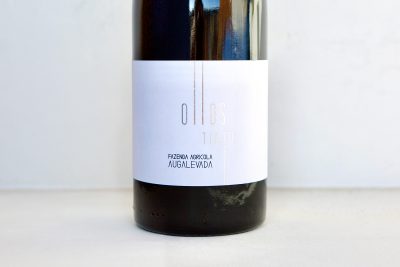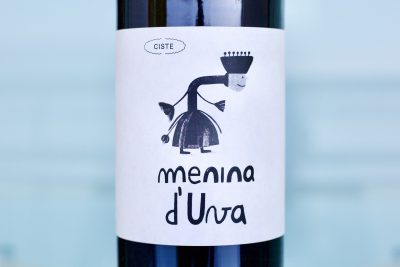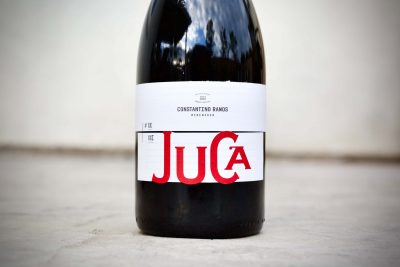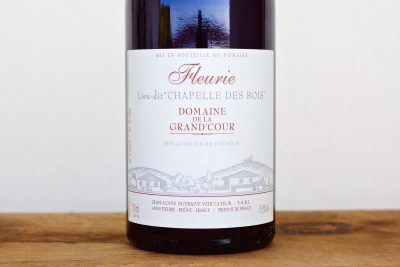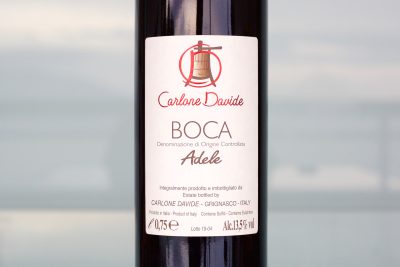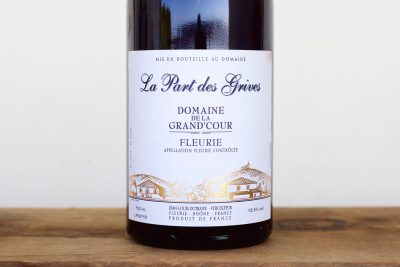About The Wine
What follows is a short essay in support of Bruno Clair’s higher altitude Côte de Nuits village wines, including this one. There are also some thoughts on navigating the 1930s Côte d’Or classification in today’s world. If you want to get to the more specific details of this wine, jump past the next thirteen paragraphs and pickup where it starts with “The big game…” However, you may miss out on some points about this wine that you might find interesting.
The hierarchy established in the Côte d’Or for its vineyards in the 1930s is based on the resulting balance of the wines a given plot—or climat—typically renders. For the case of the grand crus, a vineyard’s combined elements must lead to wines with a certain level of consistent ripeness and power each vintage compared to other wines on the Côte, while maintaining a certain level of nuance and complex trimmings. To achieve this, a site must have first had preferable exposure and altitude in order to consistently achieve optimal ripeness, which in the past, before climate change kicked in, was more difficult to attain. Second is the composition and depth of soil before the roots come into contact with the limestone bedrock. While these elements seem relatively consistent from one grand cru to the next (especially concerning exposition, save a total outlier like the direct south and western facing of sections of Corton and Corton-Charlemagne), the soil in particular needs to have the right mix. It needs to have a deep enough clay topsoil to strengthen the wine’s body and richness, along with a nicely balanced rock mixture to insure good drainage for wet years. And there must be plenty of bedrock access to etch out some finer lines to go along with the power.
I suspect that these elements much further in the past weren’t measured—literally—the way we do today. The classification was born out of the result of expert tasters and winegrowers of the region separating them and ultimately classifying them based on their balance. But today we do actually know the depth of topsoil in vineyards and more often than not, it’s neither shallow nor excessively deep within most grand crus.
To risk further generalization, I think it could be fair to say that the grand crus had to at least be a bigger, fuller wine, but not be weighted too heavily on the scale one way or another—either veering toward being overweight with less definitive characteristics, like some wines located in the lower sections further downslope in heavier soils; or the opposite, with more angularity and a lighter body which typically comes from wines grown in vineyards further upslope with shallower topsoil above the bedrock.
Much has changed since the Burgundy classification of the 1930s. The most obvious and relevant today is the change of weather; but equally is what’s going on behind the scenes. Precision agriculture has changed the game, making it possible for vineyards with lesser classifications to be worked in ways custom fit for its particularities, techniques that can optimize results beyond what was expected in the past. This is why we now see more than ever geologists and precision agriculture experts taking to the fields along with the growers to help them navigate their terroirs and better understand each plot’s unique circumstances below the surface.
Innovations in cellar techniques and technology are moving just as fast as those of the vineyard. Science constantly improves our understanding of the processes involved, and extends into the minutest details that can benefit even the most natural winemaking practices. It might be useful for naturalists to see that a scientific approach to winegrowing might not necessarily be an unnatural intruder, but can be used to the advantage of nature as a winegrower crafts their wines. To name a few considerations to this end, consider our improved understanding of using sulfur in wines (not only how, how much and when, but also from where it’s sourced) as well as fermentation science to get the desired results while maintaining as much of a natural approach as possible. The reality may be that the advances in new scientific understanding of nature along with climate change may soon test the merits of the Côte d’Or’s nearly century old classification.
But what’s even more relevant today is less about classifications and science and more about how global drinkers are changing, especially in an increasingly warmer planet. With the world of wine at everyone’s fingertips today (literally a few clicks and a delivery truck away), with every shape, size and oddity available, there is a different calibration for each individual wine drinker and what constitutes their personal grand cru and premier cru wines. As far as preferences go, what one considers today to be perfectly balanced seems far less unanimous than in the past.
So, why should you care what the classifications are when you can make your own judgments, and when what some consider grand, per se, you may actually consider overdone?
The classification system of Burgundy is extremely useful and if you know how to navigate it along with a little detective work, there’s a Burgundy style for everyone who likes Pinot Noir and Chardonnay. For example, if one is not a fan of new oak in young wines, they should avoid drinking and judging grand cru wines when they’re young, because I have yet to find one that doesn’t wear at least a bit of new wood in the smell and taste, if not far more than I want or think the wine needs. If you like more power and suppleness in your Burgs and a grand cru isn’t a regular old weekday option for you, maybe lower altitude premier crus and village wines are a good place to look. If you like more savory characteristics and are on a more modest budget (at least for Burgundy), you’re in luck, because those are often the more affordable wines on the Côte; you can find them everywhere in the Côte de Beaune off the main slope—like Saint-Romain, Monthelie, Auxey-Duresses, and the Hautes-Côtes de Beaune wines. And in the Côte de Nuits there’s Marsannay and Fixin as well as fabulous Hautes-Côtes de Nuits wines there too. And if you just love a delicious Pinot Noir and don’t want to concern yourself will all the hubbub of terroir this and terroir that, there’s always exceptional Bourgogne level wines. Lastly, if you are like me, and you love the sensation of serious wines without a requirement of gobs of fruit and girth but rather led by natural vinous textures, mineralic impressions and lovely and pure aromatics, perhaps you might look higher upslope, just above some of the grand crus and premier crus.
High up toward the top of the Côte, thanks to gravity, topsoil is spare while rock and bedrock are abundant. Also, at higher altitude the alcohol is generally lower by the time the fruit is ripe compared to those lower on the slope. Its fruit characteristics tend to be more taut and fresh (if the vintage didn’t suffer hydric stress), its bones hard, and its flesh without slack.
Clay is sticky stuff, so thankfully it’s able to remain on the slopes better than loose sands, silts or rocks, while keeping those different soil grain elements still in their mix. Clay keeps it all together and makes it possible for special wines like the high altitude wine to really perform. High altitude village wines are usually my version of premier crus, and high altitude premier crus tend to be my personal grand crus. It may seem strange, but I feel sometimes many of the grand crus can be so supple and well-balanced that they’re actually boring; they’re in a way kind of inhuman. And imperfections in something extraordinary are as compelling as something considered perfect—they give the wine an interesting personality.
Bruno Clair has some seriously special high altitude village climats, like Morey-Saint-Denis “En la Rue de Vergy,” Chambolle-Musigny “Les Veroilles,” and the Vosne-Romanée “Les Champs Perdrix.” I suggest exploring all of them if you can because this trio offers an experience notably above what their classification may indicate.
What’s more is that many of the higher altitude spots along the Côte were not replanted (or planted at all) until well after the time of phylloxera—including two of Bruno Clair’s wines Chambolle-Musigny “Les Veroilles” and the Morey-Saint-Denis “En la Rue de Vergy,” which Bruno Clair replanted in the 1989 and 1980, respectively. Clair’s parcel of Vosne-Romanée “Les Champs Perdrix” was planted in the late 1940s and may not have been lost to phylloxera for long, or for much time at all. Perhaps if these wines were replanted—or for the first time planted—right after phylloxera their classification would be different today.
What should pique one’s interest in Clair’s trio of high altitude village wines is they all sit directly above grand crus. And that is a rare and privileged position for a village wine in the Côte d’Or.
The big game in Bruno Clair’s village range is—at least for me—the Vosne Romanée “Les Champs Perdrix,” one of the more enviable positions of any village wine in the entire Côte. Why you ask? It’s simple, it’s above La Tâche; directly above. Can it get any better than being just above perhaps the most complete red grand crus in Vosne-Romanée, therefore in all of the Côte d’Or? It is also quite steep, just like the top of La Tâche begins to climb upward. Three hundred meters is more or less the starting point of the lower portion of the vineyard and once above La Tâche this steep slope rises quickly.
I asked Bruno about his thoughts as to whether this wine should’ve been classified as a premier cru and his answer (at least at that time, around 2012 when I asked the question) was basically that no, it shouldn’t be when you consider the talent of Vosne-Romanée’s premier crus. I’d bet that in any other village the quality of this wine would’ve easily merited premier cru classification, but when it comes to Burgundy, everything seems to be graded on a curve with respect to the best vineyards of the commune, not the Côte as a whole. If that weren’t the case, there’d probably be only the grand crus Musigny, Clos de Tart, Clos de la Roche, Chambertin, Clos de Bèze and all the Vosne-Romanée’s communal grand crus (excluding Echezeaux and Grands Echezeaux)—as the only red grand crus, and Chevalier-Montrachet, Montrachet and Corton-Charlemagne as the only white. But when you look at the map, it’s bordered by the premier crus Aux Reignots and Les Petits Monts just to the north and they go all the way up the hill and are even on slightly less favorable aspects. So how could this be?
Google Earth is a wonderful tool and there’s a lot that can be ascertained by giving a vineyard a close look via satellite imaging. But even on the vineyard map of Vosne-Romanée you see above Les Champs-Perdrix there is white space and above it’s neighboring premier crus to the north, Aux Reignots and Les Petits Monts, there is forest. On Google Earth, the land above Les Champs Perdrix is indeed barren and you can even see the shine of white rock outcropping on the map when you get close. I doubt that the stratigraphic geological layers are that different than its neighboring premier crus, but perhaps it’s a matter of topsoil content that separates them—yet we must remember that further upslope the topsoil is shallower, so this is within the context of vineyard’s upslope. To have a barren field that shows clear rock outcropping next to forest indicates that, in the event that this field wasn’t cleared for animal agriculture, there is likely less topsoil to support dense forest growth, and with more topsoil depth a more dense forest can exist. But, I seem to recall that Bruno pointed out that when the 1936 classifications were drawn up, this vineyard likely hadn’t been replanted since before phylloxera. That could be the most plausible reason.
If below those forests there exists a little bit more topsoil, which there probably does, there would be more roundness, even if it’s not much when compared to the grand crus further downslope, which often look like a big pile of reddish brown cake frosting with white speckles (limestone fragments) in it after they’ve been sculpted by a plow. This likely small difference in topsoil depth with the premier crus just to the north is probably noticeable when compared to Les Champs Perdrix and enough to have it excluded. (Please note that this idea is just based on a personal theory, and I will amend it when I find evidence to the contrary.)
Another thing of note is the position of this vineyard on the slope facing more directly south than the premier crus to the north, which seems to influence this wine in the way that it is quite friendly. It clearly gets its share of sun to bring a beautifully ripe but taut fruit quality on top of its deep mineral textures. Les Champs Perdrix is a champ of a village climat, and if there were ever a contender for recalibration of classification, it’d be hard to deny moving this one up in the ranks.[cm_tooltip_parse] -TV [/cm_tooltip_parse]

